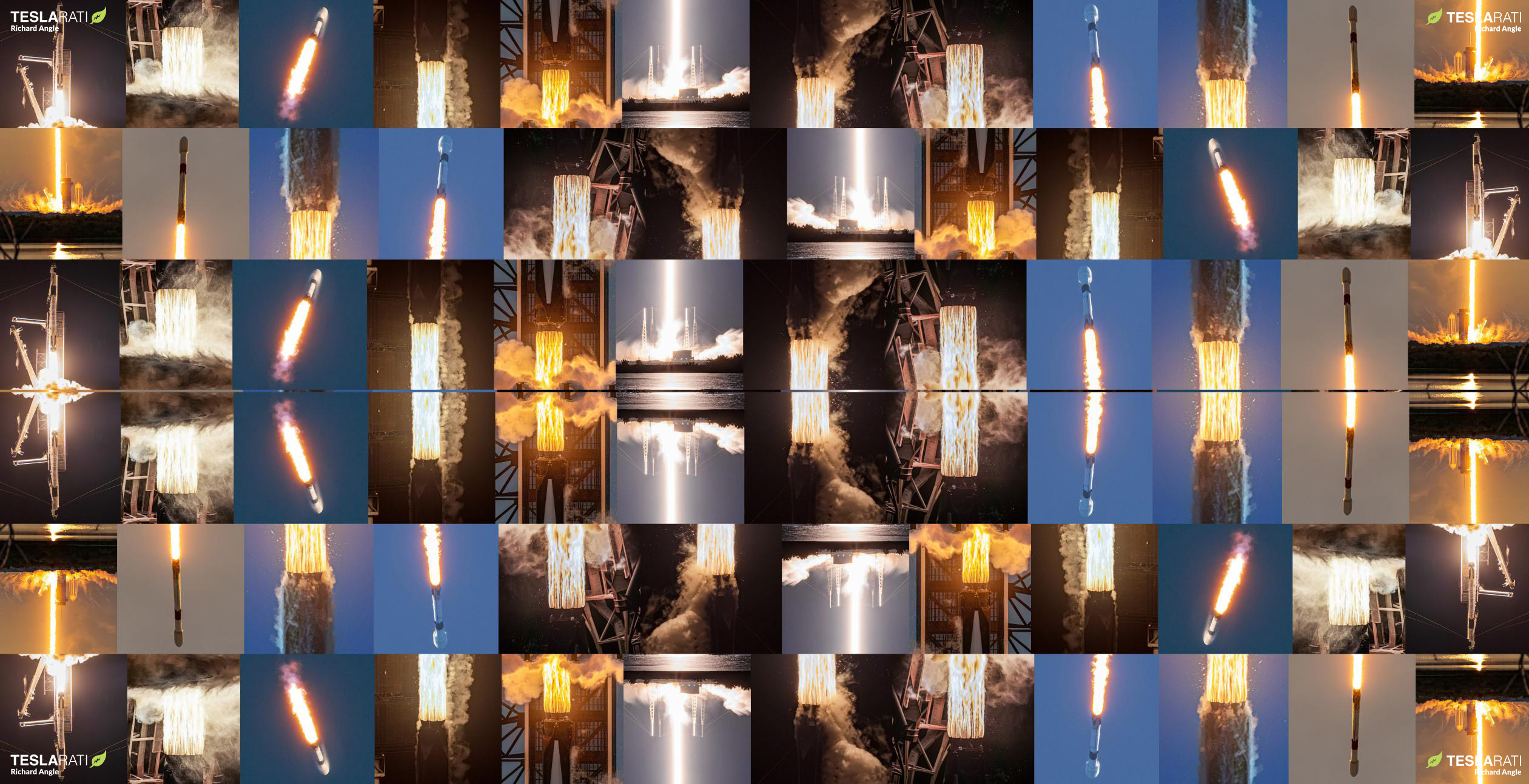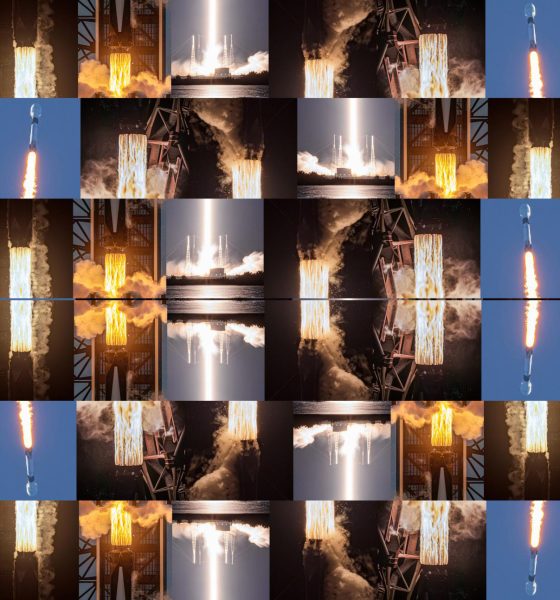On the heels of SpaceX’s last launch of 2021, which rounded out a record-breaking year and marked the 100th successful Falcon booster landing, the time has come to look at what the new year might hold for the world’s most prolific commercial launch provider and its workhorse rockets.
Thanks in part to a number of delays that pushed a significant portion of SpaceX’s planned 2021 launches into next year, the company’s 2022 launch manifest is bigger than any other year in its already impressive history. In 2021, having completed 31 orbital launches, SpaceX’s Falcon 9 was the single most launched rocket in the world – beating out several Russian and Chinese rockets operated by each country’s national space agency. On its own, Falcon 9 launched six more times than the entire country of Russia.
However, despite how impressive SpaceX’s performance was this year, all evidence suggests that 2022 could see almost twice as many Falcon launches as 2021.
That information comes from unofficial manifests maintained by fans and followers, who collate dozens of different reports, press releases, and rumors to create a rough picture of upcoming launch plans. Of course, the farther away any given launch is; the more likely it will be significantly delayed. Even official information from SpaceX itself would not be able to accurately predict how many launches it will conduct over a year or more, but the manifests are still useful tools for rough predictions.
In general, short of a major launch failure grounding a given rocket or some other unforeseen catastrophe (2021’s semiconductor supply issues, for example), unofficial manifests have been maybe 60-80% accurate. In the case of 2022, two such well-maintained manifests agree that SpaceX has approximately 40 launches currently scheduled next year – including up to 5 Falcon Heavy missions and at least 35 Falcon 9 launches. SpaceX has never had more launches scheduled in a single year. Simultaneously, after SpaceX’s 2021 performance, 2022 is the first time it’s been possible to seriously believe that the company might actually be able to complete 40 commercial launches in one year. And even then, that figure is still only part of the story.

Starlink
In 2021, SpaceX completed 17 successful dedicated Starlink missions, launching just shy of 1000 satellites – 989 to be exact – in a single year. In the first five months of 2021, before unknown issues caused an unintended Starlink launch hiatus, SpaceX completed 13 of those dedicated Starlink launches. In other words, if satellite production had kept up with SpaceX’s Falcon fleet, the company was technically on track to complete more than 30 Starlink launches in a single year, which – combined with all other missions – would have amounted to a total of 43 launches in 2021.
That specificity is important because – save for a single Starlink mission – the ~40 commercial launches on SpaceX’s 2022 manifest entirely exclude Starlink launches. Given that skipping or intentionally throttling a full year of Starlink launches is simply out of the question for SpaceX, that means that the company has approximately 40 commercial missions to launch on top of one or two dozen potential Starlink V1.5 missions. Assuming that Starlink V1.5 production remains somewhat constrained relative to Starlink V1.0, which peaked at an implied average of more than 1800 satellites per year in H1 2021, it might be reasonable to expect up to 20 (rather than 30) Starlink V1.5 launches in 2022 if production remains steady.
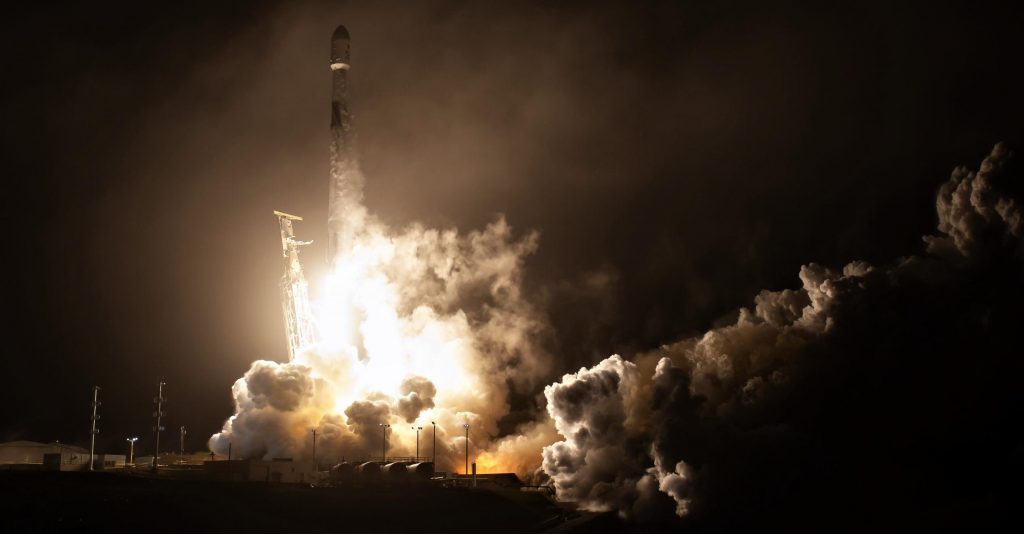
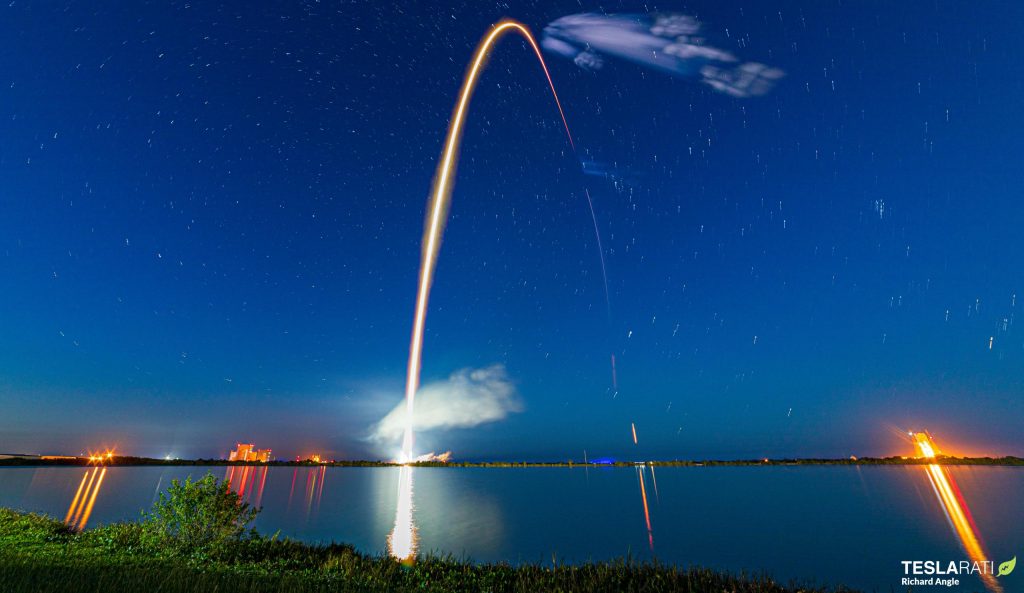
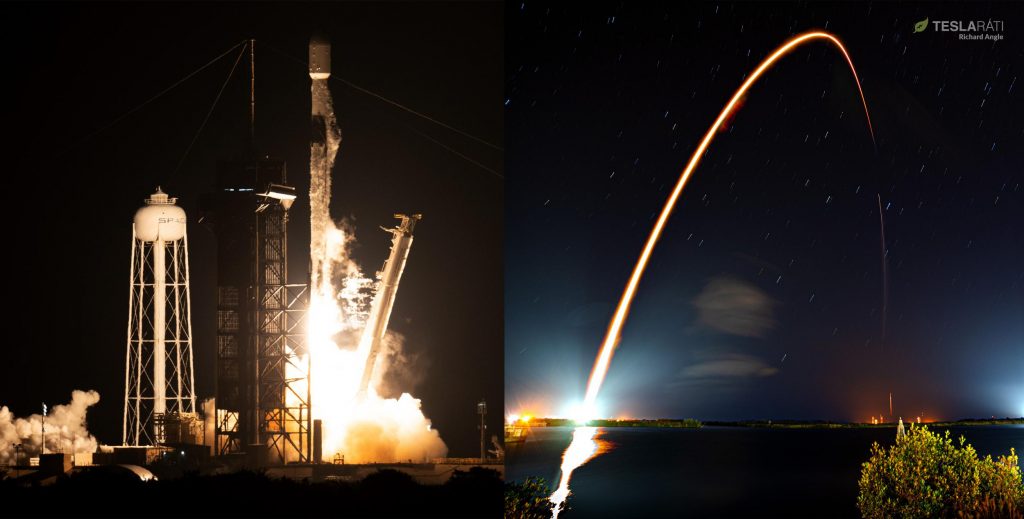
Combined, that means that SpaceX’s nominal 2022 manifest might actually include up to 60 Falcon launches. The question, then, is whether there is any chance at all for SpaceX to actually complete an average of more than one launch per week next year. Conveniently, SpaceX itself seemingly answered that question just this month. In December 2021, the company – pushing all three of its orbital pads to their limits – completed a record five Falcon 9 launches. Technically, it actually completed those five launches in a mere 19 days. Including NASA’s DART mission, which SpaceX launched on November 24th, the company ultimately launched six Falcon 9 rockets in less than four weeks (27 days).
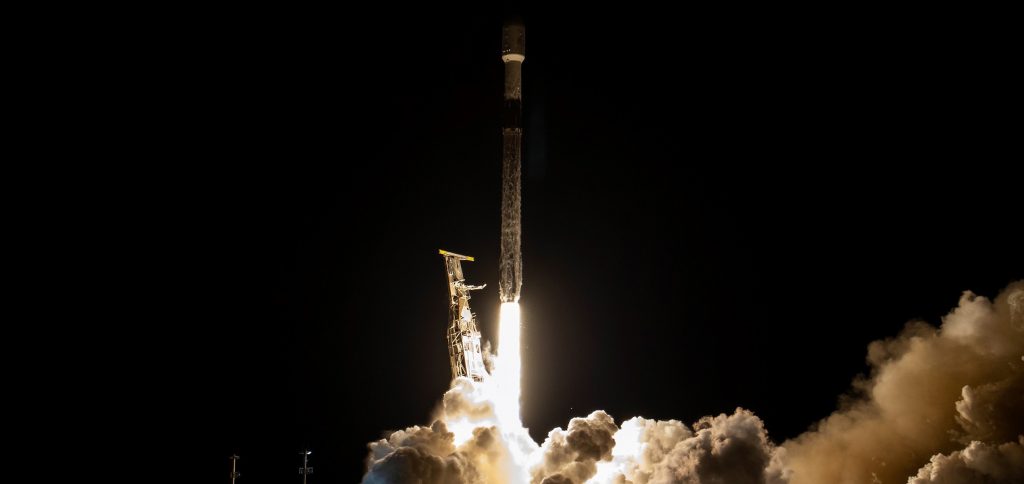
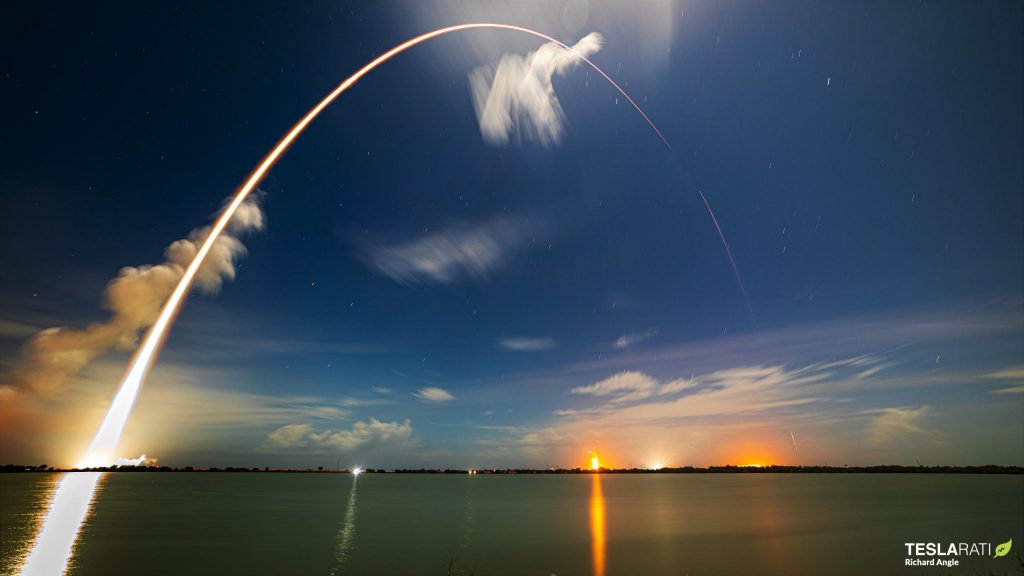
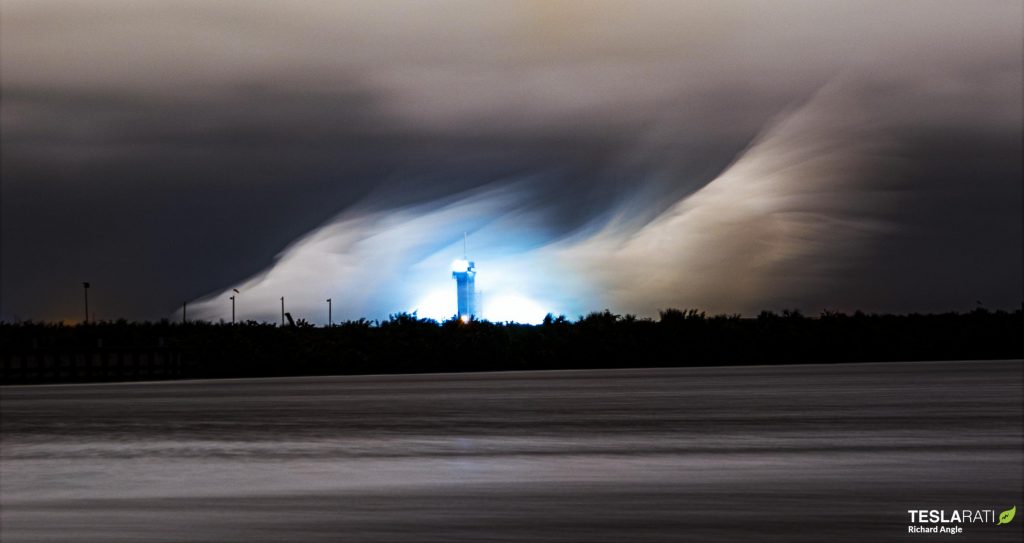
Given the company’s recent cadence records and the turnaround records of each of the three pads used to achieve them, it’s clear that SpaceX could technically repeat that feat – a burst of five launches in 3-4 weeks – every month. Obviously, that’s easier said than done and it’s inherently unlikely for a record-breaking monthly launch cadence to become the norm immediately after, but the achievement still demonstrates that SpaceX is technically capable of launching five times in three weeks and then being ready to do so again by the start of the next month.
Averaged over 2022, 5 launches per month would equate to 60 launches per year. In other words, while unlikely, it’s by no means impossible for SpaceX to replicate 2021’s Starlink launch cadence and simultaneously complete as many as 40 commercial launches. In reality, a more plausible outcome for 2022 might be 5-10 commercial launches slipping into 2023 and SpaceX ultimately completing around 30-35 commercial launches and ~15 dedicated Starlink missions for a total of 45-50 – still an extraordinary hypothetical achievement by any measure. Going off of recent trends, which have seen SpaceX’s annual cadence grow from 21 (2018) and 26 (2020) to 31 (2021), 35-40 launches would be a still more conservative estimate for 2022.
Regardless, even excluding Starship, the year is set to be quite the spectacle for SpaceX. The 40 commercial missions tentatively on the company’s manifest include two Crew Dragon NASA astronaut launches, one or two private Crew Dragon missions to the International Space Station, up to 3 commercial Moon landers, a Korean Moon orbiter, NASA’s Psyche asteroid explorer, and as many as five or six Falcon Heavy launches.

Elon Musk
Elon Musk’s Biggest Revelations on AI, Robots, and the Future of Work from the Moonshots Podcast

Elon Musk’s appearance on the Moonshots with Peter Diamandis podcast was packed with bold predictions, candid admissions, and surprising tech insights. The nearly three-hour conversation covered everything from artificial intelligence to humanoid robots, geopolitics, and the future of work. Here are the top 10 most intriguing takeaways:
-
Aggressive AGI Timeline Predictions
Musk offered a detailed view on when artificial general intelligence (AGI) could emerge, suggesting it may arrive sooner than many expect, emphasizing both transformative potential and risks.
-
U.S. vs. China in the AI Race
He discussed the strategic competition between the United States and China over AI development, noting that geopolitical dynamics will shape how and who leads in the next decades.
-
Future of Job Markets
Musk touched on how AI and automation could reshape employment, predicting massive boosts in productivity alongside potential disruptions in traditional work structures.
-
Clean Energy Transition
A recurring theme was the role of clean energy in future economies, with Musk reiterating the importance of scaling sustainable power generation and storage.
-
Humanoid Robots Are Coming
On the podcast, Musk elaborated on Tesla’s work on humanoid robots, hinting at timelines and applications that go beyond factories to general-purpose assistance.
-
Tesla Roadster “Last Human-Driven Car”
Outside the core discussion topics, Musk teased features of the upcoming Tesla Roadster — calling it “the best of the last of the human-driven cars” and suggesting safety won’t be its main selling point.
-
The Role of AI in Clean Energy and Robotics
Linking AI to both energy optimization and robotics, Musk explained how smarter systems could accelerate decarbonization and task automation across industries.
-
U.S. Innovation Leadership
Musk argued that maintaining American leadership in key tech sectors like AI, space, and robotics should be a national priority, with thoughtful policy and investment.
-
Job Creation vs. Job Elimination
While acknowledging automation’s disruptive effects, he also outlined scenarios where new industries and opportunities could emerge, particularly in AI, space, and advanced manufacturing.
-
Long-Term Vision for Humanity
Throughout the conversation, Musk revisited his long-term philosophical views — including a belief in humanity’s responsibility to become a multi-planetary and technologically empowered species.
Whether you agree with Musk’s optimism or not, the podcast offers a window into the thinking of one of the most influential figures in tech today, in and why his visions continue to spark debate and inspiration.
Elon Musk
Elon Musk just said some crazy stuff about the Tesla Roadster

Elon Musk appeared on the Moonshots podcast with Peter Diamandis today to discuss AGI, U.S. vs. China, Tesla, and some other interesting topics, but there was some discussion about the upcoming unveiling of the Roadster, the company’s electric supercar that will arrive several years after it was initially slated for release.
Musk made some pretty amazing claims about the Roadster; we already know it is supposed to be lightning-fast and could even hover, if Tesla gets everything to happen the way it wants to. However, the car has some pretty crazy capabilities, some of which have not even been revealed.
On the podcast, Musk said:
“This is not a…safety is not the main goal. If you buy a Ferrari, safety is not the number one goal. I say, if safety is your number one goal, do not buy the Roadster…We’ll aspire not to kill anyone in this car. It’ll be the best of the last of the human-driven cars. The best of the last.”
🚨 Elon on the Roadster unveiling, scheduled for April 1:
— TESLARATI (@Teslarati) January 6, 2026
Musk makes a good point: people who buy expensive sports cars with ridiculous top speeds and acceleration rates do not buy them to be safe. They hope they are safe in case of an emergency or crash, but safety is not at the forefront of their thoughts, because nobody buys a car thinking they’ll crash it.
The Roadster is truly going to push the limits and capabilities of passenger vehicles; there’s no doubt about that. Tesla plans to show off the new version car for the first time on April 1, and Musk has only hinted at what is possible with it.
Musk said back in November:
“Whether it’s good or bad, it will be unforgettable. My friend Peter Thiel once reflected that the future was supposed to have flying cars, but we don’t have flying cars. I think if Peter wants a flying car, he should be able to buy one…I think it has a shot at being the most memorable product unveiling ever. [It will be unveiled] hopefully before the end of the year. You know, we need to make sure that it works. This is some crazy technology in this car. Let’s just put it this way: if you took all the James Bond cars and combined them, it’s crazier than that.”
Production is set to begin between 12 and 18 months after the unveiling, which would put the car out sometime in 2027. Hopefully, Tesla is able to stay on track with the scheduling of the Roadster; many people have been waiting a long time for it.
News
Tesla launches hiring for Robotaxi program in its twentieth country
Overall, the hiring signals Tesla’s aggressive timeline for global dominance in autonomous mobility.

Tesla has launched a hiring initiative for its Robotaxi program in its twentieth country, as the company posted two new jobs in Thailand this week.
Tesla is hiring in Bangkok and Kowloon for the Vehicle Operator position, which is related to data collection, and is the first in Thailand, but the twentieth country overall, as the company tries to expand into other markets.
🚨 BREAKING: Tesla is hiring additional full-time Vehicle Operators in Bangkok, Thailand.
Previous openings were 6-month, part-time roles. These are equivalent to AI Safety Operator roles in the U.S. pic.twitter.com/R6LzoU1bos— Tesla Yoda (@teslayoda) January 5, 2026
Tesla has had active job postings for Vehicle Operator positions in the United States, India, Israel, Taiwan, Germany, the Czech Republic, Hungary, the UK, Finland, Switzerland, Sweden, the Netherlands, Austria, Spain, Norway, Italy, and Turkey in past listings.
These postings are not all currently available, likely because the roles have been filled.
Thailand is the most recent, and broadens the company’s potential path to expanding its ride-hailing program, which is only active in the United States in Austin, Texas, and the California Bay Area, so far.
These roles typically involve data collection, which assists in improving Autopilot and Full Self-Driving operation. Tesla’s self-driving programs utilize real-world data that is accumulated and stored, observing vehicle and traffic behavior, as well as tendencies that are performed by human drivers to help increase safety and overall performance.
Overall, the hiring signals Tesla’s aggressive timeline for global dominance in autonomous mobility. Although the company has several high-profile rivals and competitors in the field, it has established itself as a main player and a leader in the development of autonomous technology, especially in the U.S., as its FSD suite is refined on almost a weekly basis.
The Full Self-Driving suite is available in seven countries and territories currently, including the U.S., Canada, China, Mexico, Puerto Rico, Australia, and New Zealand. Its biggest goal for expansion is currently the European market, where regulatory hurdles have been the main bottleneck prolonging its launch on the continent.
Tesla has performed months of testing in various European countries, including France and Spain, and does have support in some areas from various regulatory agencies. However, the company is hoping to get through this red tape and offer its suite in Europe for the first time, hopefully this year.
